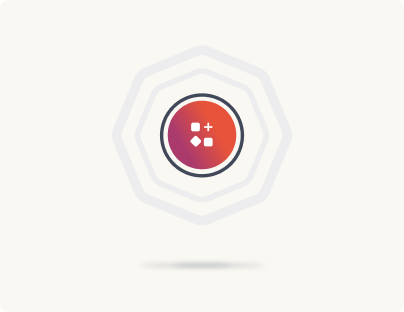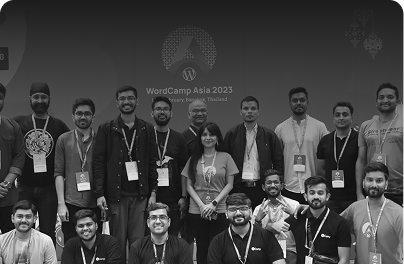Oxygen Builder vs Gutenberg: Content Creation and Editing
Gutenberg’s block-based editor enables users to arrange blocks (text, images, buttons) for various layouts. This setup is user-friendly, with features like block patterns for reusable designs. The editor is user-friendly and requires no additional installations, making it accessible for users across all skill levels.

Key Features
- Intuitive Setup: Built into WordPress Core, requiring no extra installation.
- Reusable Block Patterns: Simplifies replicating layouts across pages.
- Full-Site Editing (FSE): Allows global site customization (e.g., headers and footers) through block-based themes, enhancing consistency across content.
Oxygen provides a drag-and-drop editor on a blank canvas, independent of WordPress themes, giving users more flexibility for custom layouts. Oxygen also supports Gutenberg integration for combining Oxygen’s design flexibility with Gutenberg’s content blocks, useful for those who want both layouts and content editing.

Key Features
- Custom code Block: Oxygen supports adding PHP, CSS, and JS directly within its editor, but its features are more vendor-locked and challenging to distribute. In contrast, Gutenberg’s approach to custom block creation, guided by WordPress patterns, encourages mindfulness in extensibility, making features easier to share and reuse across templates.
- Gutenberg Compatibility: Integrates with Gutenberg, allowing users to combine Oxygen’s layout tools with Gutenberg’s content blocks







